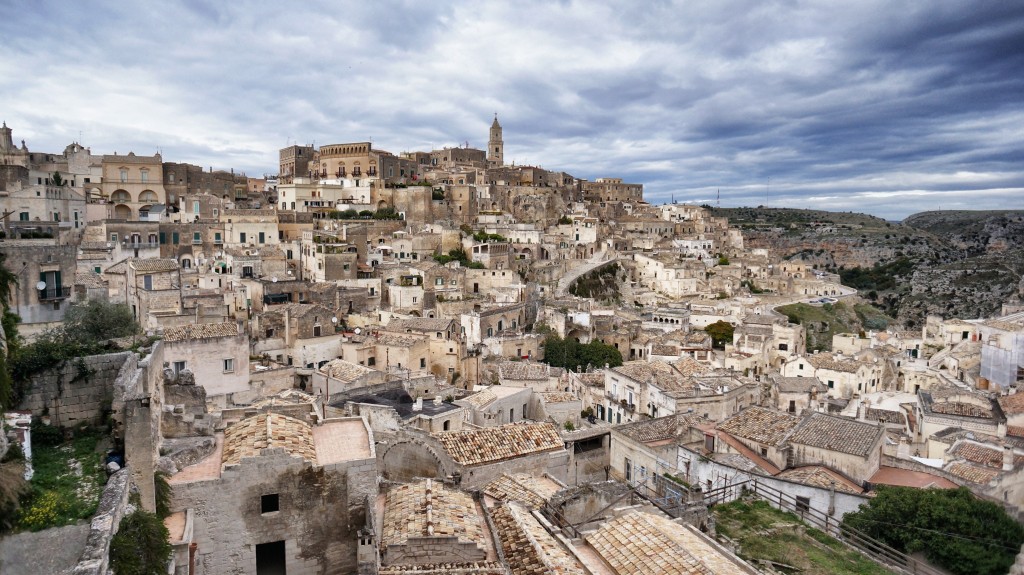Matera is Named “European Capital of Culture 2019” by EU Commission
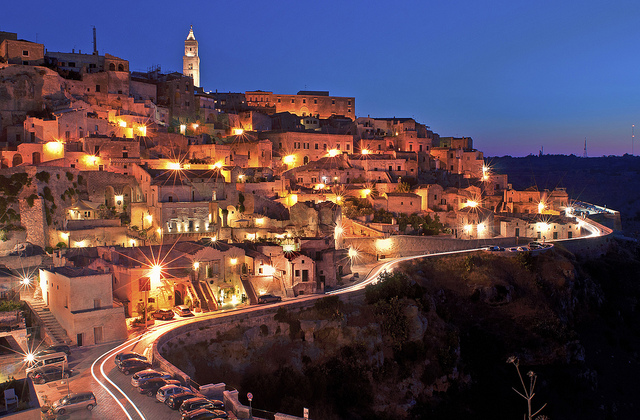
In the course of 50 years, the city of Matera, near Puglia in southern Italy, had gone from being one of the poorest slums in all of western Europe to achieving the status of “European Culture Capital of 2019”, beating out favorites like Ravenna and Siena for the coveted title. The mayor of Basilicata’s favorite city, Salvatore Adduce, said: “the designation of Matera is an example of civilization and rebirth that comes to Europe from Matera and the whole of the south.” The mayor was the president of the successful campaign that supported Matera’s candidacy as a ‘Cultural Capital’.
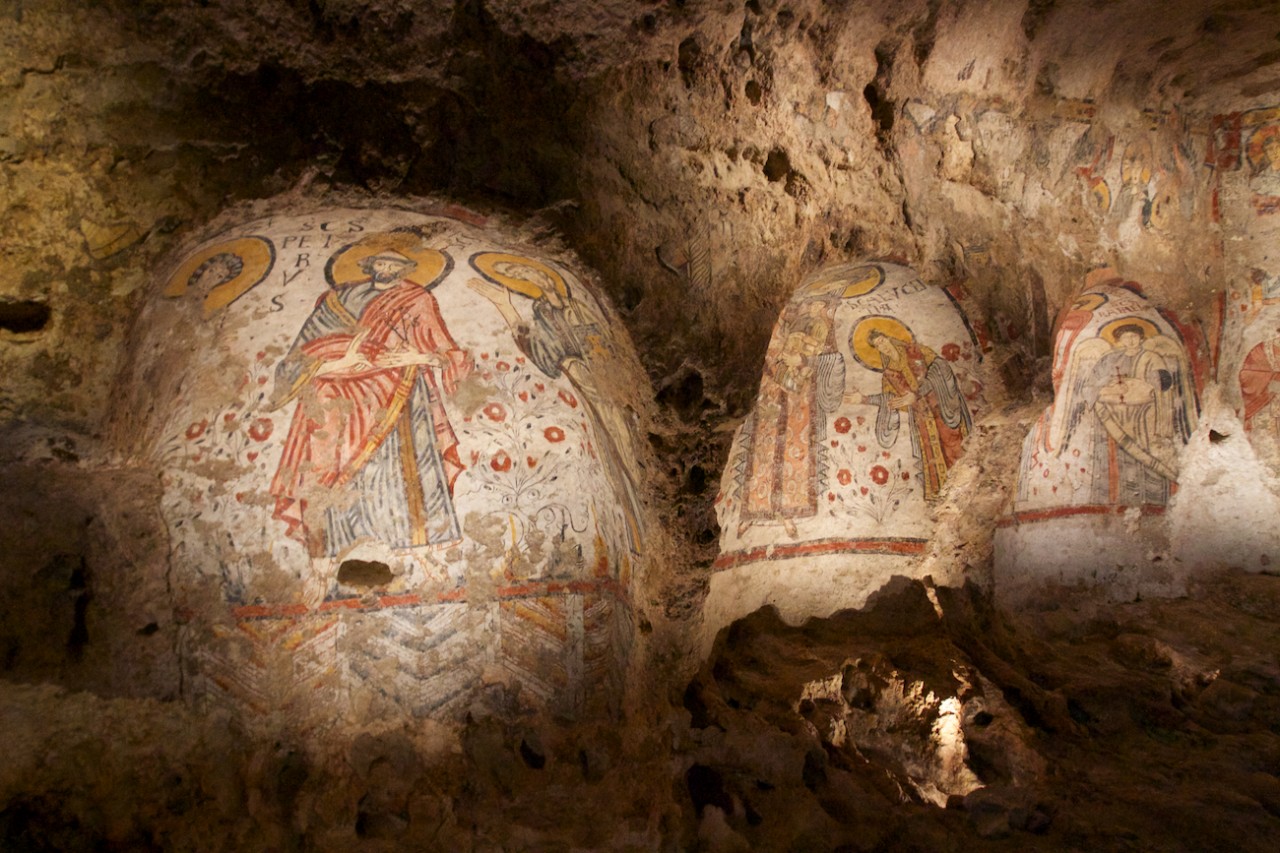
In Brussels, the European Culture Commissioner, Androulla Vassiliou, voiced confidence that the designation would decisively boost the region’s tourism industry. He also states that this year’s competition for the title in Italy was one of the strongest ever, with 21 initial contenders narrowed down to six finalists: Cagliari, Lecce, Perugia, Ravenna, Siena and Matera. Of these, Matera was declared the winner.
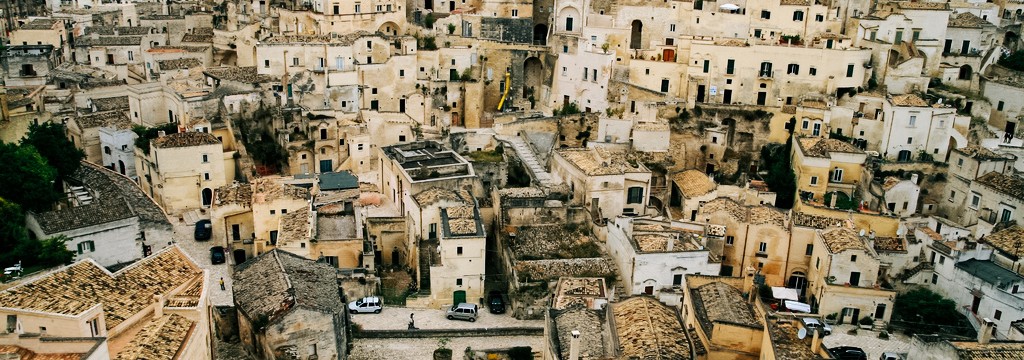
In 1985 the Council of Ministers of the European Union began designating what they labeled the “European Capital of Culture.” In Italy, Florence, Bologna and Genoa are among the cities that have already obtained the prestigious title. The initiative is meant to highlight “the richness and diversity of cultures in Europe, to celebrate the cultural features Europeans share, to increase European citizens’ sense of belonging to a common cultural area, and to foster the contribution of culture to the development of cities.”

How did Matera, a poor city who’s 20,000 occupants were crammed with into its honeycomb of ancient but wretched cave dwellings just fifty years ago, beat the odds to become the Cultural Capital of Europe? After the caves were cleared in the sixties, some 2,000 people returned to spawn a beautiful collection of cafes, galleries, restaurants, and hotels. However, it was the film industry that truly saved Matera and presented the ancient city’s forgotten beauty to the world. In the 1950s, Italian directors Mario Volpe and Alberto Lattuada’s La Lupa, bringing some notoriety to the region famous for its cave-like city center. However, it was not until the early 1960’s, when two of Italy’s most famous cinematic minds, Pier Paolo Pasolini and Roberto Rossellini, shot historical films in the city, that the rebirth of Matera was complete. Since then, the film industry has continued to capture and share the city with global audience. The connection between the cinema and Matera is especially important for American audiences, who received their first look of the Italian cultural treasure with Mel Gibson’s massively popular The Passion of the Christ in 2004, then Catherine Hardwicke’s The Nativity Story in 2006.

These American films and many others capitalize on Matera’s unique capacity for being a biblical backdrop, as the ancient and primitive scenery of Sassi, the city center, is unlike any other in the world. The town lies in a small canyon that has been eroded for centuries by a stream called the “Gravina.” Sassi, in the center of Matera, was named a UNESCO World Hertiage sity in 1993. Also known as “la Città Sotterranea” (the Subterranean City), Matera was described by UNESCO as “the most outstanding example of a troglodyte settlement in the Mediterranean.” The combination of prehistoric ties, Biblical and Ancient narratives, and honey colored medieval alleys that lead to sweeping views of the captivating landscape encapsulate the layered quality of Italian beauty, serving as a microcosm of the historical and cultural heritage of the entire peninsula.
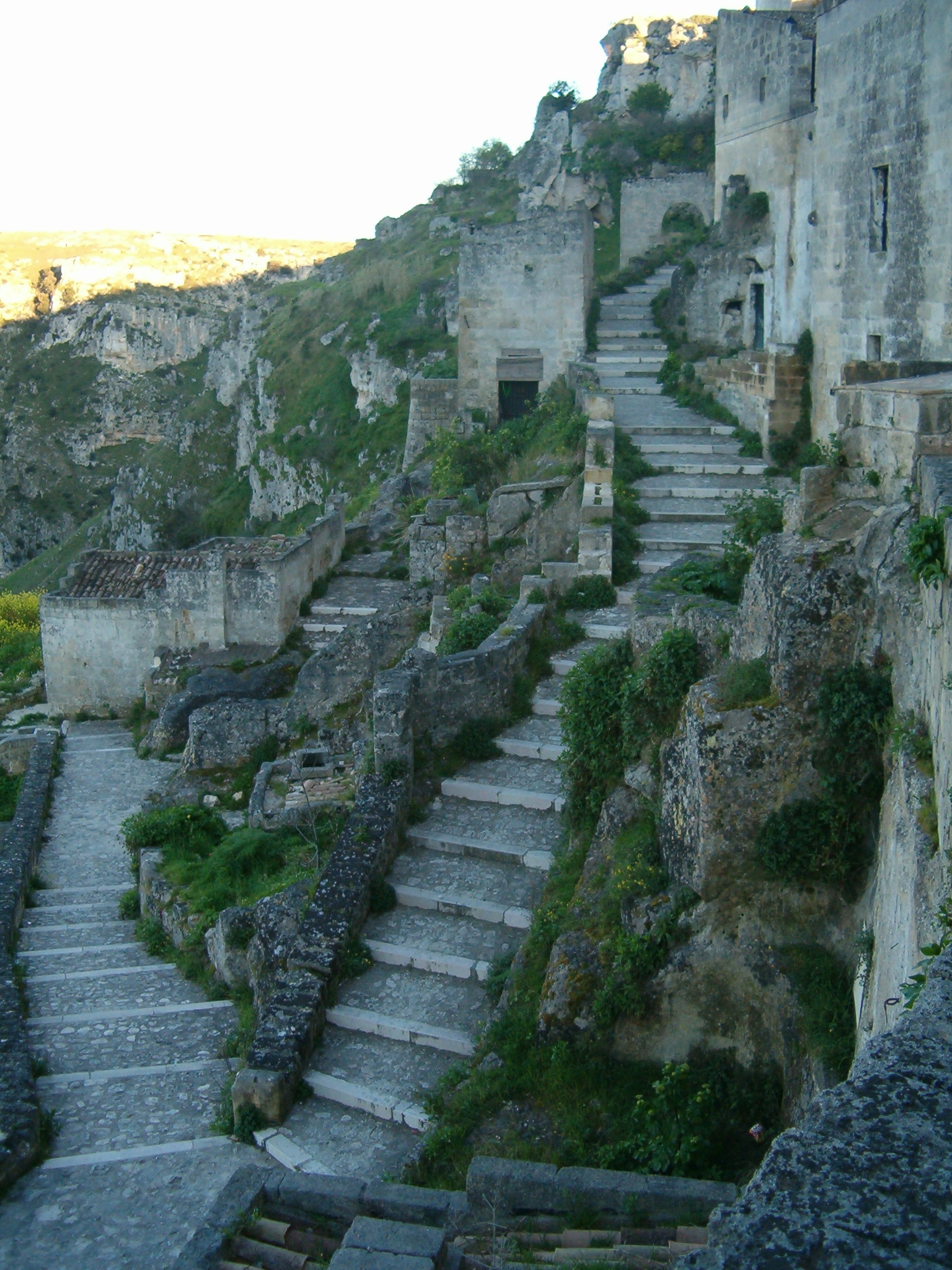
As the tourism industry in Matera grows, locals have set up attractions such as cave reconstructions: cave-houses which have been filled with period fittings to show how life was once lived here. This is only the beginning; the Italian city now has four years to plan 12 months of outstanding events that offer Matera long-term cultural, economic and social benefits, as has been the case with all previous European Capitals of Culture.
